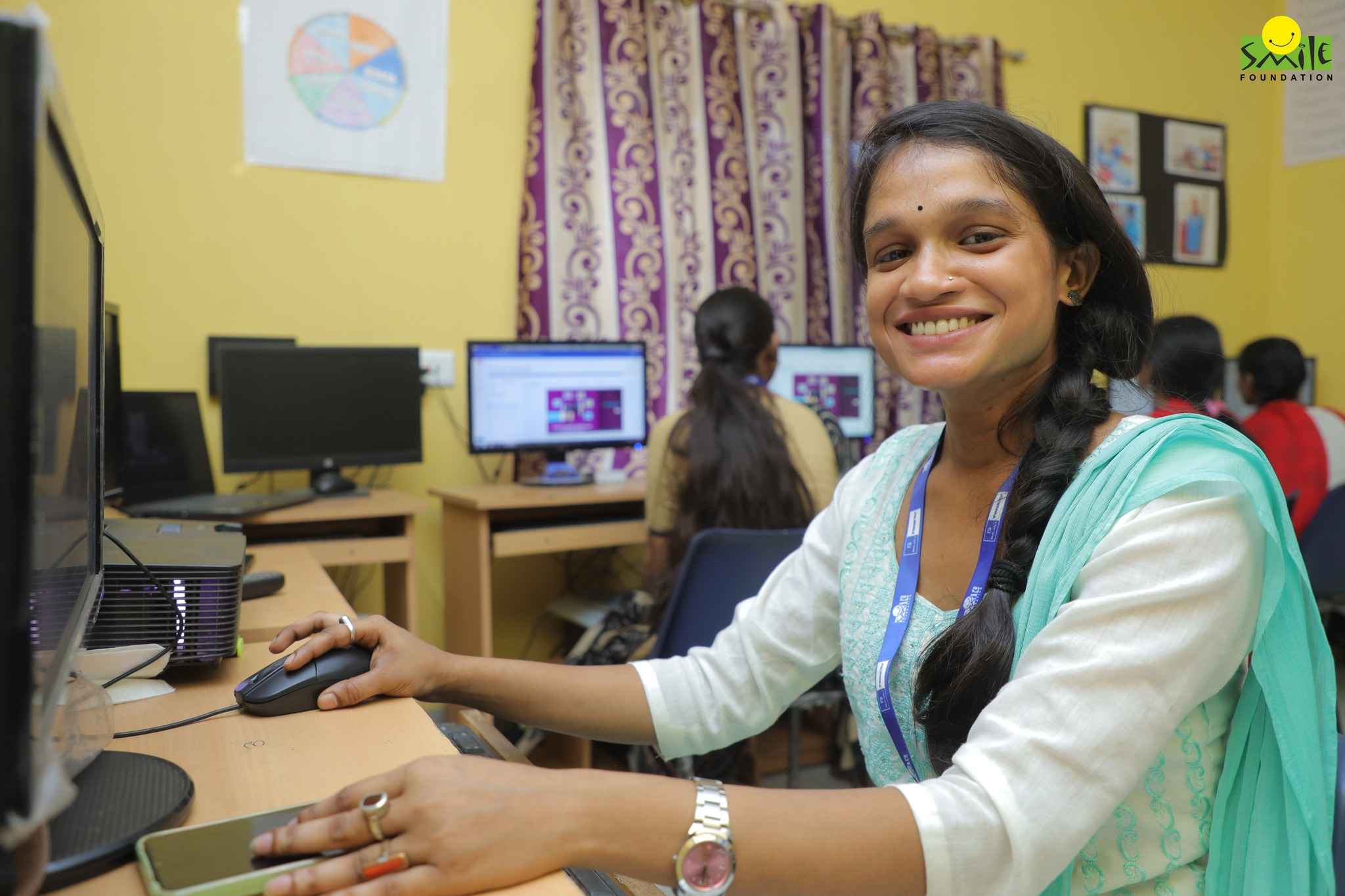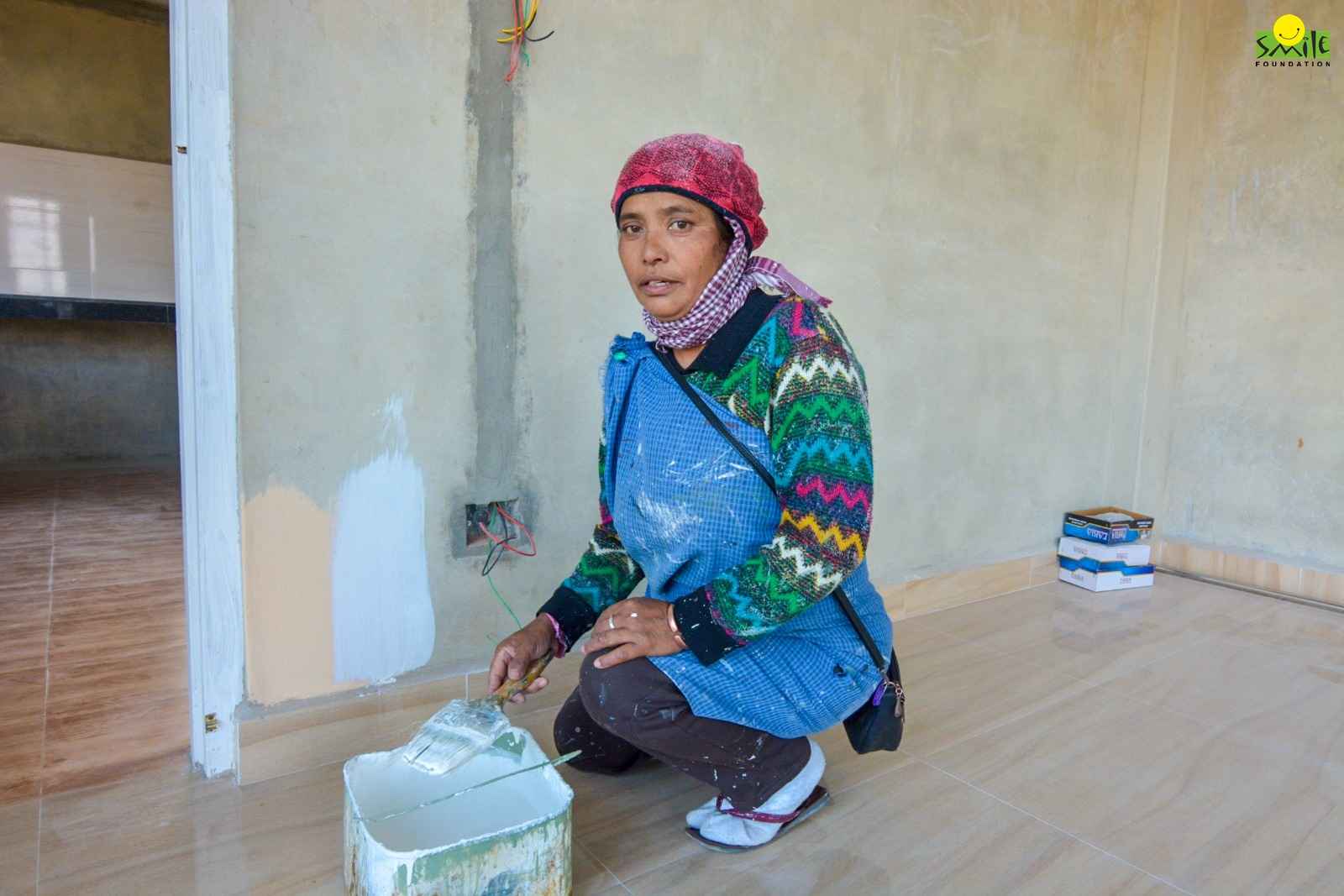The world wasn’t the same a decade ago. A lot has changed, fueled by rapid innovation and technology. Many facets of life, like healthcare and transport, have significantly improved with technological integration, but new problems have emerged. Reduced physical activities for teens and young adults is an alarming consequence of the age of technology.
In the past, children spent most of their after-school hours running about with their friends. Daily life revolved around playing time, which kept kids and adolescents healthy.
But with the rise of technology and the emergence of video games, smartphones, and tablets, children hardly engage in physical activity. Digital screens take precedence over time in the field, with the problem exacerbated due to the pandemic.
The COVID Effect
COVID had a devastating effect on lives worldwide. Millions lost their lives with many facing life-threatening situations and health complexions.
Children suffered as well, both from the disease and its impact on their already sedentary lifestyle. With schools shut and playgrounds deserted, children and adolescents spent almost all their time at home, playing video games and attending online classes.
Physical activity dropped to near zero as more than 330 million youngsters stayed home till March 2021. Per several reports, children’s moderate-to-vigorous physical activity decreased by 17 minutes per day during the pandemic. It represented a reduction of almost one-third of the recommended daily activities, but the situation hasn’t improved in 2023 despite the reduced effect of COVID.
It is a huge problem for parents as sedentary behaviour can cause:
- Weight gain
- Poorer cardiometabolic health, fitness, behavioural conduct behaviour
- Reduced sleep duration
How to Improve Physical Activities for Teens
Lack of physical activity in children can cause obesity, diabetes, and heart disease later in life. Mental issues might also emerge in children and adolescents, making college and professional life difficult.
Parents must take action while they still have time and encourage children to take up physical activities, even in an age of technology. A few ways to promote physical activities for teens include:
1. Leading by Example
The best way to teach kids is to show them what you want. They often learn by imitating the behaviour of adults around them, making it one of the best ways to get them moving physically.
Parents must set daily physical goals for themselves and show their success daily to their kids. Any form of physical activity, including sports, jogging, hiking, cycling, or swimming, can help parents build the right habits in their kids. Kids are more likely to take up the activity if they see their parents moving daily.
Physical movement is also great for parents as it keeps them healthy and prevents chronic illnesses.
2. Add Fun
Children are anything but boring. They avoid mundane tasks and look for ways to have fun with anything. Parents can use this characteristic to engage their kids in physical activities.
They can make physical movements like walking or running fun by offering rewards for each achievement. For instance, parents can give children their favourite book, bag, or toy if they play for an hour in the playground daily for a week.
Another way to encourage children to play physical games is to involve their friends. Parents can join together with others and organise a soccer or cricket game, with prizes on offer for everyone. This way, kids will engage in physical activity and improve their social skills.
3. Limit Screen Time
Phones, laptops, and tablets are a disease for kids. The devices serve to watch videos, play online games, or enjoy cartoons. It limits their physical activity and affects their mental state, as they may see content unsuitable for their age.
They may see violence and other forms of content not fit for kids. Therefore, parents need to limit screen time for their kids. Parents must set strict screen time limits and encourage children to engage in physical activities instead of spending time on screens.
They must gradually reduce screen time monthly and aim to remove digital screens from their children’s life altogether.
4. Encourage Outdoor Activities
Due to their age, children’s lives are limited to their school and home. They rarely go out, even more in the age of technology.
Parents must address this problem and ensure their kids spend time outdoors. They must encourage their kids to explore nature and try hiking, camping, or gardening. If kids find it challenging to get their friends along, parents must take the initiative and take their kids themselves.
They can organise family outings to local parks or nature reserves, where their children can engage in cycling or walking. Doing so can help kids engage in physical activity as well as affect their mental health.
5. Add Physical Exercise to the Routine
Kids have a challenging routine. They have school, tuition, assignments, extracurricular activities, etc., to deal with daily. Adding physical activity randomly to their routine may disrupt their flow and promote stress.
Therefore, parents must gradually add physical exercise to their children’s routines. They must slowly increase the hours their children dedicate to physical activity of any kind. It can help add physical exercise or sports to kids’ routines, which may yield better results.
Also, parents must ensure their children stick to the routine. Kids can get bored following the same routine but parents must ensure they complete their physical movement goal daily.
6. Encourage Team Sports
The benefits of regular exercise and movement are well established. They can help kids stay active, improve their body development, and keep them away from toxic digital screens.
However, parents may sometimes find it hard to encourage kids to swim, run, or play football alone. Kids need someone beside them, which is not always possible for parents with busy schedules.
Hence, parents must encourage team sports. It offers several benefits, including physical exercise, and can help parents focus on their work without worrying about their kids’ movement goals.
Children hooked to team sports make time in their schedules and play with their friends. Team sports keep kids fit and build social skills such as teamwork and communication. Parents can make their kids join a local sports team or club to ensure they have regular access to team sports.
7. Celebrate Success
Everyone deserves recognition, including kids. They’re more likely to repeat something if it brings recognition or happiness of some kind.
Parents can use this inherent trait in kids to promote physical activity. They must encourage kids to achieve their daily physical movement goal and celebrate it when their kids achieve the milestone.
Buying a treat, toy, or gift is one of several ways to ensure kids stay active physically and away from phones.
Closing Thoughts
The benefits of physical activities for teens and the risks of a sedentary lifestyle for children are enough to prompt parents into action. They must take the lead and ensure their kids move enough daily to prevent illnesses.
While hard work and focus are key, a fit body and mind is the most basic need for kids and teens to succeed in the challenging world.
Smile Foundation in its flagship programme, Mission Education focuses on the holistic growth of children from lower-income communities. Children engaging in physical activity is one of the important aspects of this learning and growth cycle that we try to focus on.









